Culture as an economic strength of a territory: here are the revelations of Alessio Re, at Thinking Varese
From the extraordinary impact on Turin of its Egyptian museum (almost €187 million, compared to the €10 million it costs to maintain it), to the requests for an evaluation of Azerbaijan or Cambodia: culture can genuinely be the new source of development for territories.

It’s not true that “you can’t live off culture”, according to many, particularly the tens of thousands of people employed in the sector.
However, this is also the opinion of a research centre that studies the impact of culture from an economic point of view, that is setting up concrete projects to develop the ability of a cultural site to have a beneficial impact on the economy of a territory, beyond the impact on the employees directly involved.
For example, do you know what economic impact the Egyptian Museum of Turin has on the city? “The museum needs about €10 million to run every year,” explained Alessio Re, the General Secretary of the Santagata Foundation, a research centre established in 2018, that gathers the study experiences started by Walter Santagata, an international pioneer in the economy of culture. “In contrast, the economic impact that it has on the city is almost €200 million, €187 million, to be precise.”
This demonstrates the extent to which culture can influence the life of a city, and of a territory. “The calculations we do, among other things, don’t take into consideration the non-measurable advantages, such as the benefits of living in a city with a high level of art and culture,” Alessio Re explained to the large online audience of Thinking Varese. “This situation can be found in many parts of Italy, but in most cases, the necessary in-depth analysis has not been done.”
Many other countries, however, have already thought about this. “We did a study of Azerbaijan, which currently doesn’t have much to offer in terms of tourism and culture, apart from the capital Baku,” Re continued. “Their goal was to identify the systems of relationships that could optimise and make the most of the process of production and use of the cultural resources of the country’s different regions. They wanted to develop the economic impact of culture in the less well-known areas.”
But what is even more important is the study of the socio-economic impact carried out on the recommendation of, and in collaboration with UNESCO, on the site of Angkor, in Cambodia, which has been a World Heritage Site since 1992. “Here UNESCO, who, in more than twenty years, have invested a great deal in this extraordinary site, wanted to understand if the money had been well spent, if it had been useful for the community, and if they could optimise it further.”
A request was also received from the Seychelles, where it was local Government that got working. “The Seychelles is a small nation, where tourism is the main source of income, and the type of tourism is typically seaside. The study they commissioned us to carry out was on a small but important archaeological site that they wanted to have recognised as a UNESCO site, in order to establish a different kind of tourism. Then, there was a change of government, and the study didn’t continue, but the initial intention was interesting.”
Among the many, very interesting examples given by Re in his report, however, one potentially affects the Varese economy very closely. The project, entitled Youth Power-territori giovani, was proposed by the Santagata Foundation, and concerns the Sacro Monte di Belmonte and the Lanzo Valleys. “In this area, we’ve created a project that, above all, involves young high school students in the area. When it comes to their choosing a university, they often go far away and never return, because they have no reason to, or they don’t feel any bond to particular memories, also because they don’t really know their own territories very well. Our goal is to help students discover their territories and learn to love them before they leave, so that they will want to come back.” Once again, this project is linked to a UNESCO site that we also know well, that of the Sacri Monti in the north-west, which also includes the Sacro Monte of Varese.
Translated by Giorgia Perinelli, Elisa Cairone, Andrea Rota
Reviewed by Prof. Rolf Cook
La community di VareseNews
Loro ne fanno già parte
Ultimi commenti
Roberto Ganna su Elsa Fornero a Varese: “Abbiamo tolto futuro ai giovani. Ora dobbiamo restituirglielo”
Baffetta su Elsa Fornero a Varese: “Abbiamo tolto futuro ai giovani. Ora dobbiamo restituirglielo”
Fabrizio Tamborini su Elsa Fornero a Varese: “Abbiamo tolto futuro ai giovani. Ora dobbiamo restituirglielo”
Alessandro Zanzi su Elsa Fornero a Varese: “Abbiamo tolto futuro ai giovani. Ora dobbiamo restituirglielo”
Emanuele Zanetti su Motociclista di Ferno ucciso da un orso in Romania
GrandeFratello su Superate le 700 firme per la petizione sul recupero del Grand Hotel Campo dei Fiori di Varese

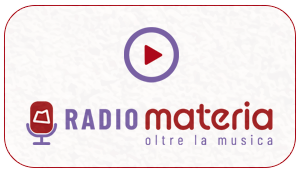

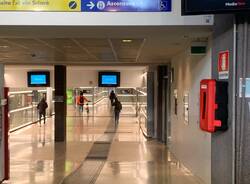
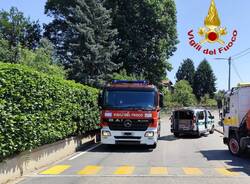
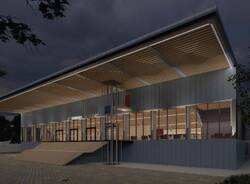
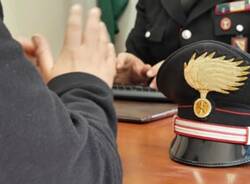
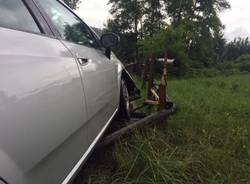
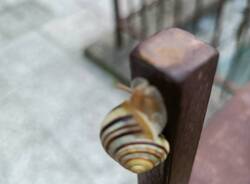
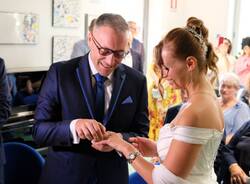




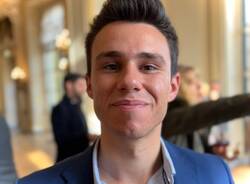

Accedi o registrati per commentare questo articolo.
L'email è richiesta ma non verrà mostrata ai visitatori. Il contenuto di questo commento esprime il pensiero dell'autore e non rappresenta la linea editoriale di VareseNews.it, che rimane autonoma e indipendente. I messaggi inclusi nei commenti non sono testi giornalistici, ma post inviati dai singoli lettori che possono essere automaticamente pubblicati senza filtro preventivo. I commenti che includano uno o più link a siti esterni verranno rimossi in automatico dal sistema.